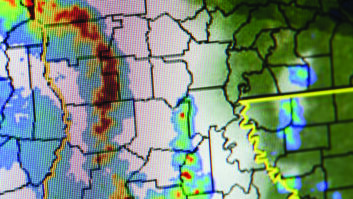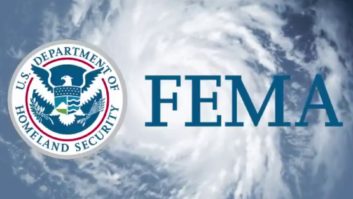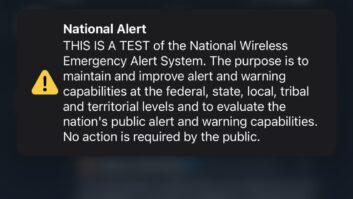New York City has become the first jurisdiction with public alerting authority access to IPAWS OPEN, the FEMA Internet gateway to next-gen emergency alerting. That’s according to FEMA IPAWS Program Manager Al Kenyon, who posted a status update on the SBE EAS listserv.
We previously reported that FEMA’s alerting training course for its IPAWS OPEN gateway is now available. Regional, state and local alerting authorities must complete this course prior to being authorized to use IPAWS OPEN to send alerts via EAS and cell phones.
“The City of New York Office of Emergency Management worked closely with FEMA IPAWS during the development of this training course with OEM staff taking beta versions of the training course,” wrote Kenyon.
To work in other areas, a jurisdiction needs to have equipment or software capable of interfacing with the IPAWS OPEN service and authoring CAP messages. An application and instructions for establishing an IPAWS Common Operating Group and access to IPAWS OPEN is available on the IPAWS web site.
Once IPAWS approves the application the jurisdiction will be issued a digital certificate that the jurisdiction can plug into their CAP message authoring tool, according to Kenyon. That digital certificate is used to sign any CAP messages that are sent to IPAWS OPEN and remains with the CAP message as it travels through OPEN to assure that the message was issued by the signing alerting official and has not been altered.
Kenyon states that for jurisdictions or agencies that further wish to add public alerting authorization to their established Common Operating Group, the applicant must complete the IPAWS training and a second application for alerting authority. This second application will be coordinated with appropriate state, territorial or tribal authorities to confirm that the applicant/organization is an authorized alerting authority in that jurisdiction. Once confirmed, IPAWS will update the profile for the organization’s digital certificate, enabling their messages to move through IPAWS OPEN to EAS and other public alerting systems interfacing with IPAWS.











